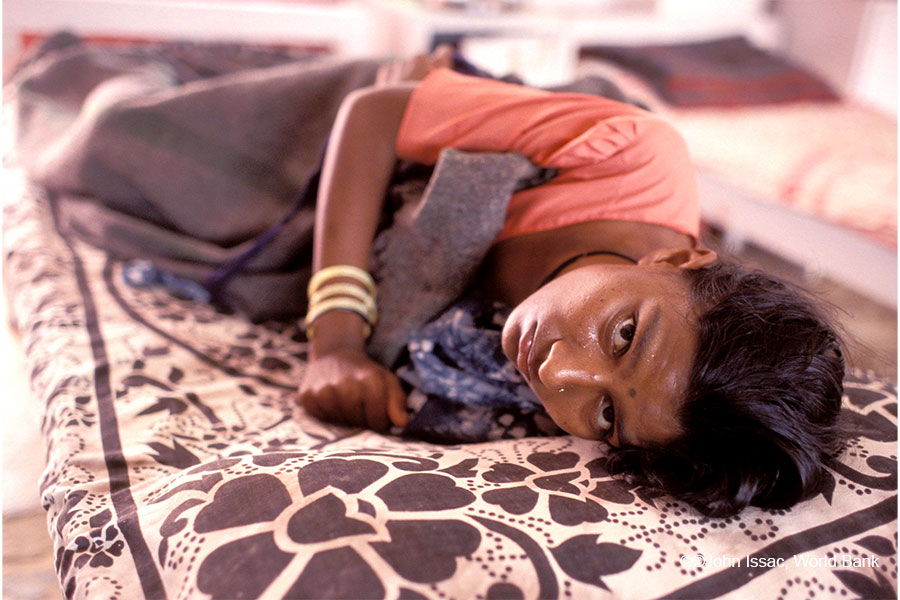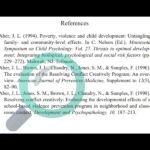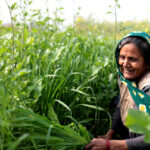HIV and Equalize : Why Should We Be Concerned About HIV Inequities?
“Of all the forms of inequality, injustice in health care is the most shocking and inhumane.” – Dr. Martin Luther King, Jr.
The globe celebrates World AIDS Day on December 1. People all throughout the world show their support for HIV-positive people and commemorate those who have departed from AIDS-related diseases. Each World AIDS Day focuses on a specific theme, which this year was– Equalize. This theme adds to the growing list of worldwide issues that World AIDS Day has brought to the forefront. Perhaps nowhere are health and healthcare disparities more blatant than in HIV.
The human population has been fighting HIV for over 35 years. Over the last two decades, there have been game-changing advances in HIV care and prevention. Antiretroviral medications for HIV therapy introduced ‘once-daily single tablet’ regimens that were exceedingly successful, safe, and convenient. Priorities have transitioned from merely surviving HIV to living with the infection and, eventually, thriving. HIV was transformed from a deadly disease to a chronic manageable condition, like diabetes or hypertension, as a result of this, as well as low treatment expenses. Unfortunately, one thing stays constant, HIV continues to disproportionately affect our society’s most vulnerable members, resulting in widespread health and healthcare inequities.
The overlapping crises caused by COVID-19 that have shaken the world over the last two years have had a catastrophic impact on individuals living with and affected by HIV, and they have slowed the global response to the AIDS pandemic. COVID-19 has interrupted health services over much of the world, increasing HIV vulnerability. The latest evidence presented in the UNAIDS Global AIDS Update 2022 report is concerning, as progress has stalled, resources have shrunk, and disparities have widened. Insufficient investment and action endanger all of us. If we continue our current path, we will see millions of AIDS-related deaths and millions of new HIV infections.
The HIV virus infects around 38 million people worldwide. Even though the virus was only identified in 1984, it was one of the most severe pandemics in history, killing about 35 million people. Despite accounting for fewer than 5% of the global population, critical communities account for 70% of new HIV infections in the twenty-first century (Singh, 2022). Only one-third of people in key populations, such as homosexual men and men who have sex with men, transgender people, drug users, sex workers, and prisoners, have regular access to preventative services. Key populations confront significant major barriers such as criminalization, discrimination, and stigma. Every region in the world has a significant number of sexual partners who are particularly vulnerable to HIV transmission. Disparities in health and healthcare reflect societal inequities that can and should be addressed.
This year’s theme “Equalize” is a call to action. It is a call to action for all of us to take the proven practical steps required to eliminate disparities and help eradicate AIDS(UNAIDS, 2022). These are some examples:
- Increase the availability, quality, and appropriateness of HIV treatment, testing, and prevention services so that everyone is well served.
- Reform laws, policies, and practices to address the stigma and exclusion encountered by persons living with HIV, as well as vulnerable and marginalized communities, so that everyone is treated with respect and acceptance.
- Provide technology exchange between communities and between the Global South and North to ensure equal access to the greatest HIV knowledge.
Restrengthening the awareness of HIV prevention is also important. Condoms are highly effective at preventing HIV transmission during sexual contact; nevertheless, they must be widely available and used on a regular and appropriate basis. Sexually Transmitted Infections (STIs) increase a person’s chances of developing and transmitting HIV, but STI medication may reduce HIV viral load. HIV is the major cause of death among African youth and the second highest cause of death among young people globally. Only by focusing on children and young will globally pledges to reverse the HIV pandemic be achieved. Young women in Africa continue to be disproportionately impacted by HIV, but coverage of specialized programs for them remains inadequate. Only 40% of high HIV incidence areas in Africa’s 19 high-burden countries have specialized combination prevention programs for teenage girls and young women. One of the Campbell reviews, N Lee et al. (2019) summarizes evidence from financial education for young people and multiple interventions (financial education combined with sexual and reproductive health education) aiming at reducing HIV exposure among youth, orphans, and vulnerable children in low and middle-income countries (LMICs).
We only have eight years till the 2030 target of eliminating AIDS as a worldwide health problem. Inequalities in the economy, society, culture, and law need to be addressed immediately and inequalities enhance the risks for everyone during a pandemic. Indeed, AIDS can only be eradicated if we address the imbalances that drive it. World leaders must demonstrate bold and responsible leadership. And every one of us, everywhere, must do what we can to assist in combat disparities. This may be accomplished by doing the following actions:
- The World Health Organization (WHO) has urged governments to increase their efforts in HIV prevention. As new preventative methods become available, concentrated efforts will be required to implement them as quickly and efficiently as possible. Stakeholders must use better, more granular data to identify the inequities that impede growth.
- Sexual and reproductive rights for women and girls are critical to an effective response to the HIV/AIDS pandemic, hence women’s rights must be prioritized alongside efforts to remove gender-based violence against women in the AIDS response.
- Community-led HIV solutions are proving game changers in terms of decreasing inequities and promoting effective and resilient HIV responses. They reach people marginalized by conventional programs and assist in holding providers responsible for success. Resourcing these initiatives and eliminating restrictions that limit community-led groups’ capacity to deliver a full range of services would be critical to accelerate progress.
- International intervention is required to relieve the debt problem that many low- and middle-income nations are facing, as well as to prevent counterproductive austerity programs. Steps must also be taken to enhance the return on HIV investments, including price cuts and cost-effective cost-cutting strategies.
I want to conclude by reiterating that we know what has to be done to stop AIDS, and we have the tools to achieve it. We need to bridge the disparities in responsiveness and eliminate HIV-related inequalities. It is a right to be HIV-free. And today, more than ever, we can stop new HIV infections so that we can all work together to end the AIDS pandemic by 2030.
REFERENCES :
2022 World AIDS Day—Equalize. (n.d.). Retrieved December 21, 2022, from https://www.unaids.org/en/2022-world-aids-day
Health and Healthcare Injustice: Why We Really Should Care About HIV Disparities. (2016, April 26). Psychology Benefits Society. https://psychologybenefits.org/2016/04/26/health-and-healthcare-injustice-why-we-really-should-care-about-hiv-disparities/
Lee, N., Beeler Stücklin, S., Lopez Rodriguez, P., El Alaoui Faris, M., & Mukaka, I. (2020). Financial education for HIV-vulnerable youth, orphans, and vulnerable children: A systematic review of outcome evidence. Campbell Systematic Reviews, 16(1), e1071. https://doi.org/10.1002/cl2.1071
UNAIDS. (2022). IN DANGER: UNAIDS Global AIDS Update 2022. Geneva: Joint United Nations Programme on HIV/ AIDS; 2022. https://www.unaids.org/sites/default/files/media_asset/2022-global-aids-update-summary_en.pdf
Singh, M. (2022, December 1). World AIDS Day 2022: Theme, Significance, History And Importance. NDTV.Com. https://www.ndtv.com/health/world-aids-day-2022-theme-significance-history-importance-3564477
World AIDS Day 2022—PAHO/WHO | Pan American Health Organization. (n.d.). Retrieved December 21, 2022, from https://www.paho.org/en/campaigns/world-aids-day-2022




